
伤口世界
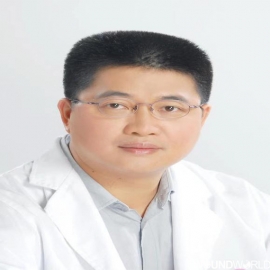
- 星期三, 04 9月 2019
王存川
在腹腔镜减肥与糖尿病等手术、腔镜甲状腺手术、腹腔镜结直肠癌手术(特别是低位直肠癌保肛)、腹腔镜胃癌手术、腹腔镜疝修补手术、腹腔镜肝切除手术、腹腔镜胆道手术和腹腔镜胰脾手术等方面处于国内领先、并部分达到国际先进水平。暨南大学附属第一医院(广州华侨医院)医生,教授,主任医师,博士,博士生导师,现任广州华侨医院副院长、胃肠外科主任、普通外科主任、微创外科中心主任、大外科副主任,暨南大学润良微创外科研究所所长。
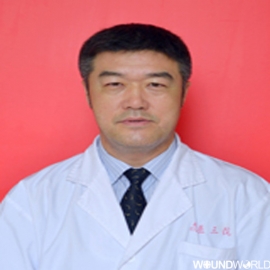
- 星期三, 04 9月 2019
岳辉
擅长疾病:
擅长消化道肿瘤(胃癌、大肠癌、小肠肿瘤、肝癌以及胆管癌和胰腺癌)的诊断与综合治疗;擅长胃镜、大肠镜对胃肠疾病的诊断与治疗,尤其内镜黏膜剥离切除术(ESD)和隧道技术(STER或POEM)治疗食道、胃和大肠早期癌以及粘膜下肿物;擅长内镜下ERCP微创治疗复杂性胆道和胰腺疾病;擅长超声内镜下诊断与治疗胆道和胰腺疾病;擅长B超或CT引导下经皮介入治疗肝胆胰肿瘤性疾病(包括冷循环微波刀、美国RITA多级射频消融治疗和氩氦刀冷冻消融治疗)。
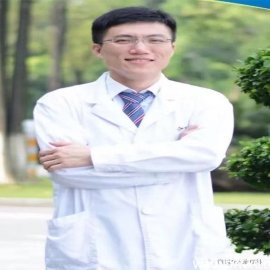
- 星期三, 04 9月 2019
吴轩
从事影像导向下的肿瘤消融工作10余年,经验丰富,其带领的学科团队为省内较早开展肿瘤消融的学科,并为我市首批通过省内专家组评审并批准开展肿瘤消融技术的学科。累积开展甲状腺、肺、肝、胰腺、肾、盆腔等脏器肿瘤消融千余台。其中甲状腺结节消融百余台,从未发生不可恢复的严重并发症,并协助多家镇级医院开展甲状腺结节消融技术,深受好评。
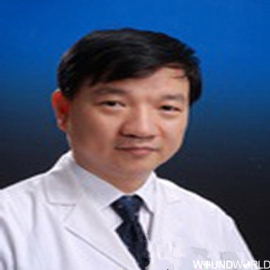
- 星期三, 04 9月 2019
张浩
擅长领域:在腹腔镜、胸腔镜手术技术方面有丰富的临床经验。硕士,从事临床工作多年,有坚实的普外科、铺胸外科理论知识及丰富的临床经验,尤其擅长腹腔镜、胸腔镜等微创手术。现已经成功开展了腹腔镜、胸腔镜各类手术近千例。在国家一类期刊发表学术论文多篇。
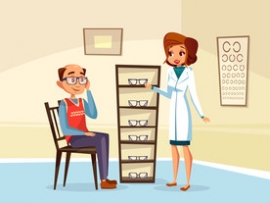
- 星期二, 03 9月 2019
糖尿病足:疾病、并发症或症状?
糖尿病是北美第六大死亡原因。糖尿病人中有25%会发生足溃疡,而足溃疡会显著增加截肢风险和死亡率。早期识别高危足和给予及时治疗可以挽救下肢和生命。多学科治疗方法对于支持患者需求至关重要。
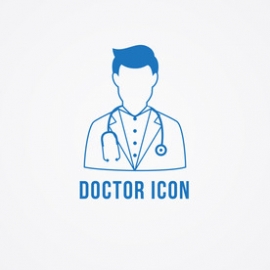
- 星期二, 03 9月 2019
负压创面疗法联合浸银敷料治疗混合伤口的临床 经验:50 例个案的回顾性研究
作者:
Peter Bukovcan, MD, PhD; Jan Koller, MD, PhD; Marianna Hajská, MD, PhD; and Peter
Záhorec, MD, PhD
关键词:
负压创面疗法
浸银敷料
伤口修复
